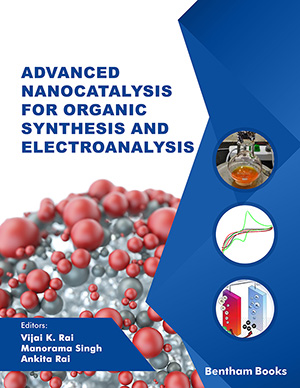
Abstract
Aim and Objective: We explore the role of IBX as an electrophilic agent towards the synthesis of flavones. The main objective was to work within the framework of green chemistry by using eco-friendly, less toxic, iodine-hypervalent reagent to carry out a facile conversion to flavones.
Material and Methods: The use of 1equivalent of IBX under refluxing condition in DMSO was the best employed method for the synthesis of flavones. All the synthesised compounds were characterised by spectroscopic methods such as IR, 1H NMR and 13C NMR spectroscopy.
Results: In total, we successfully synthesized fifteen flavones derivatives in very good yields by using iodinehypervalent reagent. This method was proved to be the best method as it involved simple workup procedure i.e. by adding water to the reaction mixture followed by filtration of the solid product. The formation of the product was confirmed by IR, NMR and their characteristic melting points.
Conclusion: A new and first approach towards the synthesis of flavones using non-toxic and eco-friendly hypervalent iodine (V) reagent, IBX has been demonstrated. Such a methodology has been well-extended towards the synthesis of hydroxy, and bromo flavones. The work signifies the electrophilic character of IBX, which is an oxidant.
Keywords: Flavones, 2'-hydroxychalcones, hypervalent iodine, o-iodoxybenzoic acid, oxidative cyclization, Claisen-Schmidt condensation.
 44
44 5
5 1
1

























